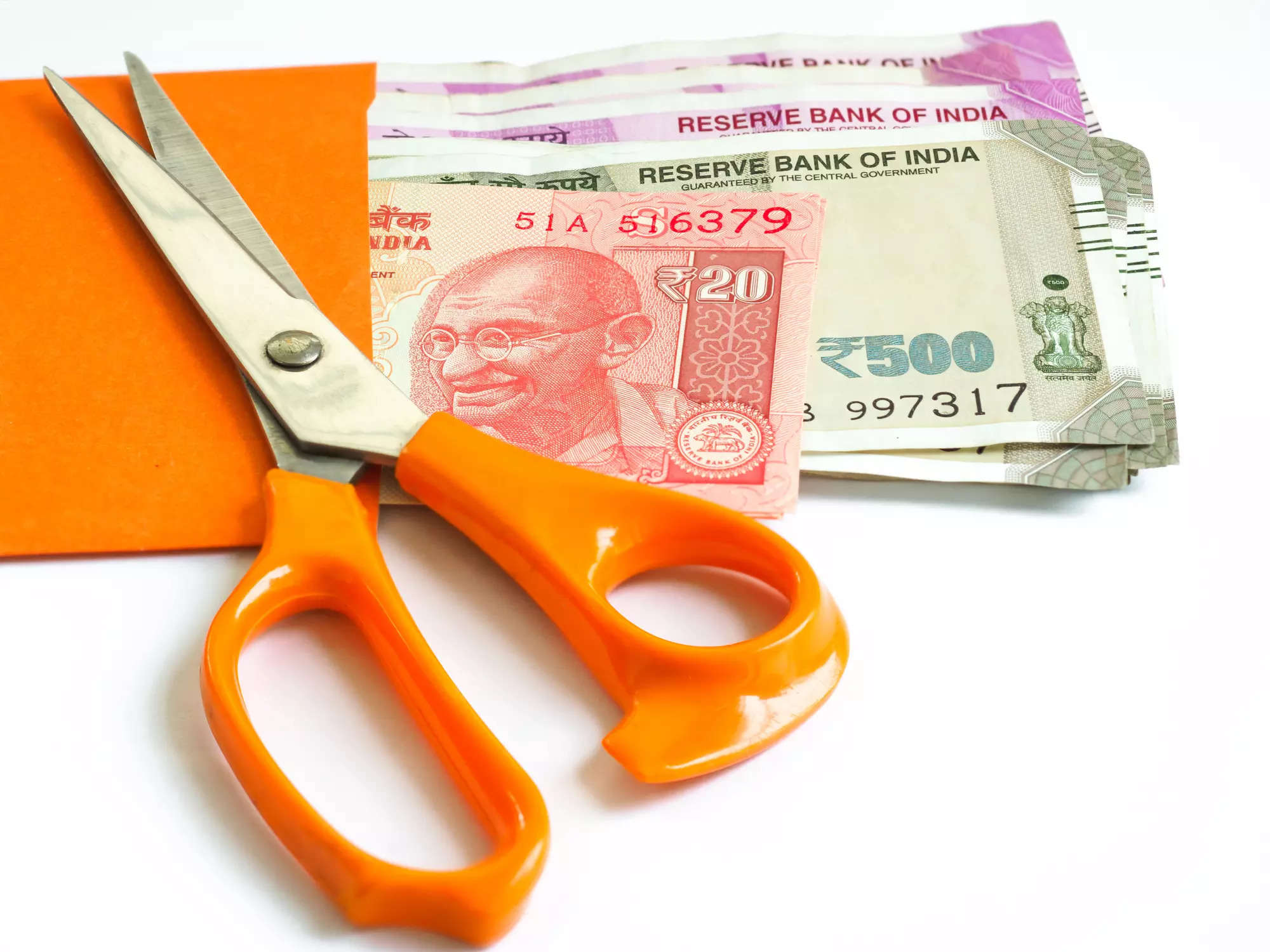There is still a debate on whether the IBC has been a success. The view here is that it may be still too early to judge, but credit should be given to the Insolvency and Bankruptcy Board of India (IBBI) for having this system in place. And, more importantly, we need to have this structure, which could be fine-tuned, if required.
The path has not been smooth for sure as defaulters do not want to give up on their assets and believe that it is okay to not service loans. The RBI had to fight a battle here (the famous February 12, 2018 notification) with the government, and the courts had ruled that this could not be driven by the central bank.
Onus on banks
The RBI had to retreat and dilute its circular, and finally put the onus on banks to ensure that defaulters are taken to the IBC. Therefore, the modified rules now increase the provisions that must be made by banks in the absence of a resolution plan not being implemented in a timely manner. Recovery through the IBC has been higher in FY20, according to the RBI, at 46 per cent, compared with SARFAESI, DRTs or Lok Adalat.
This number came down in FY21 and, as of June 2021, was at 36 per cent, which was again expected, given that the government had provided relief for six months for companies, which was extended in September 2020 by another three months. The IBC was to have a benchmark of 180 days, with another extension of 90 days, to resolve the cases before insolvency proceedings were invoked. It is again not surprising that it has been pointed out that over 75 per cent of the ongoing cases are over 270 days, especially due to the pandemic, and the various measures taken for restructuring assets as well as moratorium provided last year.
The metric which can be used to measure the success of insolvency resolution is the recovery rate. In the past it was in the region of 20 per cent, which means that 40 per cent-plus according to the IBC is good. True, when the dirty dozen was sifted to begin with, the recovery rates were impressive at 70 per cent-plus, but this is exactly where the conundrum lies. As proceedings get delayed, the realisation will fall, especially if the plants are not operational to the full extent as the value comes down under such conditions.
Global recession
Further, markets have changed significantly due to the global recession last year, and the pandemic has altered the way of doing business. Again, a change in ideology, especially towards ESG, means that conventional power-generating companies are no longer attractive. The same holds for industries that contribute to a rise in emissions. This means that progressively buyers will get scarce leading to bigger haircuts. This will come in the way of further resolution of NPAs.
‘Bad bank’
The National Asset Reconstruction Company is now being formed and will soon be operational as a bad bank. The idea is not new as the asset reconstruction companies that were in operation were not able to do complete justice to the task, which led to the IBC. Now, with the NARC coming up, there will be diversion of proposals potentially from the IBC to NARC.
The issue is in the realm of game theory. All sellers of bad assets want the best realisation, while the buyer wants to pay the lowest amount. This leads to the bargaining game, which, so far, has been in favour of the buyer.
The IBC tries to change the dynamics by forcing such assets to be put on the table and, more importantly, keeping it time-bound. NARC being owned by the public sector should work as PSBs were always scared of selling assets to the asset reconstruction companies as audit at a later date could jeopardise their stance.
Owners of assets will always drag their feet and look for legal recourse, which was the case earlier. The point made by the defaulting companies is straight forward. If all NPAs are going to be auctioned after 270 days, then the incentive to invest will come down as will risk-taking ability. The fear of failure will come in the way of setting up new enterprises. Therefore, the banking system must be tolerant, especially when the failure of business is due to the economic environment and is not a ‘willful action’. The argument is strong, but given that banks deal with deposit holders’ money, there is a moral dilemma.
When the IBC came up with numbers like 180 days with an extension of 90 days, it was done after careful deliberation. Now, it is 330 days. In 2015, the World Bank Doing Business Indicators highlighted that it took 4.3 years for resolution of insolvency with a recovery of 25.7 per cent. For China, it was 1.7 years with recovery of 36 per cent.
Therefore, the progress made has been more than satisfactory over the years. All such processes, which involve legal issues as well as sentiment tend to run into the law of diminishing returns wherein once the low hanging fruits are plucked, it gets progressively difficult as one climbs up.
The IBBI has reported that of the 4,541 CIRPs admitted since June 2016, around 63 per cent have been closed, which is quite impressive, given the number that is involved. This is notwithstanding the various hiccups that have been encountered starting with the availability of professionals to companies seeking recourse to courts to protect their assets. The recovery rates could come down further with time, which can moderate to around 30-33 per cent. But having the IBC is essential to hold out a credible threat to companies.
Bond market
Also, as there is serious talk of growing the corporate bond market, the success of a resolution system is important. When there are NPAs the problem is for bankers who must make provisions and chase the borrowers.
However, when it comes to the bond market, there is no system of recourse except the legal system, and an individual bond holder will not know what to do in case of a default. Therefore, the country has to work hard to ensure that the resolution processes get stronger, including all institutions such as IBBI (IBC), DRT, ARCs, as the future growth of the economy has to come from the bond market, which cannot get out of the shell of being only a platform for AAA and AA-rated companies as 80 per cent of the corporates do not have such ratings.
(The writer is Chief Economist, CARE Ratings, and author of Hits & Misses: The Indian Banking Story. Views are personal)



